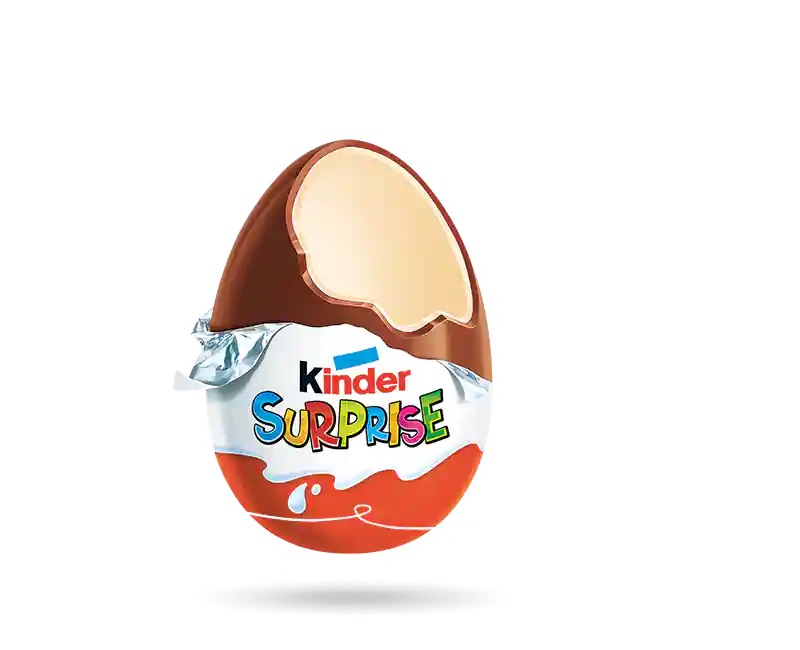
The rise of L.O.L. Surprise dolls is parallel to the widespread phenomenon of Unboxing videos on YouTube, a category that gained popularity on the platform in the mid-2010s (Garlen & Hembruff, 2021). Children and content creators began uploading videos of themselves unboxing all sorts of products, from iPhones and iPads to Chanel handbags and toys, providing an authentic look and insight into products, packaging, and the unwrapping experience. They emphasise the sounds and the element of surprise through excited screams and expressions of joy. The sense of mystery and anticipation generated by these videos captivate new generations raised in the digital age, who use the internet as an alternative to traditional forms of entertainment and as their first access to a toy (Garlen & Hembruff, 2021).

According to James Bridle (2017), despite the seemingly innocent nature of these videos, they pose several threats to the environment in which children interact and spend increasing time. Firstly, on YouTube, there is a disconnection between brands such as Disney or Nickelodeon and gatekeepers who ensure content control and review before its publication. On the internet, the absence of direct oversight and the lack of regulation regarding copyright challenge brand reputation and increase the potential exposure of children to inappropriate or disturbing videos, as well as escape marketing limits imposed by the Federal Communications Commission (Bridle, 2017). Secondly, the viewing and use of the platform can easily lead to the development of addiction. It is reported that certain categories of video, as well as the design of social media platforms, stimulate some areas of the brain including the cingulate gyrus (an area involved in motivation) and the prefrontal cortex (the key area affecting insight, self-control, and decision making), with results similar to the use of amphetamine and similar drugs (Freed, 2015).
This extends not only to unboxing videos but is the actual profit structure of the internet. Algorithms that dominate tech companies such as Google and Meta control how and what information we see and are designed to optimize content to attract views and maximize revenue from online viewing. As a consequence, the attention of children and every user on the web is exposed to content that increases various types of discrimination, racism, and bias (Bridle, 2017).
The blame and responsibility falls on a combination of stakeholders and involves every actor in society. Online platforms have an important role to play in determining how content is displayed and shared online, including actions such as moderation, curation and recommendation, activities usually dedicated to bots and algorithms that lack any form of ethics. Schools and parents, although necessary to teach good practice, are in a difficult position as they are the first to lack the media literacy skills needed to navigate the internet safely and securely. But the problem goes beyond the private sphere; policymakers and regulators must create and enforce laws against platforms and prioritise the safety of their users (Garlen & Hembruff, 2021).
L.O.L. Surprise! Glitter, Bling, Sand and Fun | How To Unbox Deluxe Present Surprise. Published by: L.O.L. Surprise! on 2020, May 29th. https://www.youtube.com/embed/UhzSIpQfA5A